Life on the Knife Edge
Published on February 7th, 2018
Australian Glenn Ashby was recruited by Larry Ellison’s America’s Cup team to help tame the 90-foot beast that was to challenge for the 2010 America’s Cup. Ashby, already dominant in the Tornado, Formula 18, and A Class fleets, took the step in stride and now the 40 year old holds a 2017 America’s Cup victory alongside his Olympic Medal and 15 World Titles. Here he writes how he did it:
Being up above the water is a surreal feeling. It’s a feeling of exhilaration. Almost hovering over the top of the water surface is so special. Only a small percentage of sailors around the world have ever been able to go foiling on a boat. It’s a riskier, more physically demanding type of sailing. You are on the knife’s edge.
The performance of foiling boats has really stepped up over the years. I’ve seen some pretty big spills. When you’re pioneering new engineering, technology, construction and designs, there’s a lot of finding out where the edge is. We don’t want anyone injured, but these boats certainly push everyone to their limits.
FEAR, AND A FOAMING SEA
I’m from Bendigo. My mum was into sailing and got my dad into it.
As kids growing up, we’d go out to the local yacht club at the local lake, just mucking around with boats. Eventually I got onto the water myself at the age of seven. I started doing a bit of sailing and by the time I was 10, I had a passion for it.
I played a lot of sports but I just really enjoyed being outdoors. Some of my first memories are of being powered by the invisible force of the wind, getting pushed along the water. Being able to read the wind and control your boat is so rewarding. It’s a feeling of power and freedom.
When I was a kid, I never expected to make a career from sailing by any means. But one thing led to another and all of a sudden you find yourself skippering an America’s Cup team. I’ve come a long way.
My first boat cost $150. My second was about $180-$200. The sport was very grassroots and still is. You can still go down to the local club and get involved. It’s a bit of a misconception that sailing is an expensive sport.
That first boat was a Northbridge Junior – an eight-foot-long timber scow. It was quite shallow, almost like a flat windsurfer. We actually still have the boat. My parents restored it and it’s in my garage now, thirty-six years later. It’s a very special piece because it brings back a lot of good memories.
I won my first Victorian championship in that boat at the age of 10, down on Port Phillip Bay. That was my first ever race on salt water. I was absolutely shitting myself that day, sailing among big waves, big breeze and deep water. It was quite a daunting experience after growing up on the lake.
There were a lot of bigger kids competing in my age group, and they were quite comfortable sailing in the sea. I had to step up but I did. I managed to survive a couple of windy days and win the under-11 Victorian Championships. That was the start of my racing career. It gave me a massive buzz and was a great incentive to keep moving forward.
THE WIND IN MY SAILS
I was offered a sail-making apprenticeship at the age of 16. I was planning on going through school and becoming either a meteorologist or a surveyor but my parents encouraged me to seriously consider it, which I did.
It really set the scene for me getting more heavily involved in the sport. Sail-making provided me with a way to do some international travel at the age of 18 or 19 and eventually I was able to start my own sail-making business.
Sail-making has been wonderful to me. It’s been an incredible way for me to make an income. It’s also allowed me to get into boat-building and the Olympics and to travel to Europe every year from my early 20s. It’s given me a lifestyle that crosses work and sport.
As a sail maker, you’re working with your hands. You have to be innovative, pushing the envelope in design structure, learning as you go. All those skills you learn from a young age translate into bigger and faster boats and different projects.
When I was 18, my boss Greg Goodall offered to send me to the 1996 World Championships in Spain if I could beat him at a regatta in Newcastle. That certainly gave me a lot of incentive.
Everyone likes to get one over their boss and it was a tightly fought event. He might have called me a bugger when he lost the bet but it set the foundation for me to achieve what I did. I think Greg was happy to give me the chance to follow my dreams.
I went to a place called L’Estartit on the Costa Bravan coast in Spain. I was pretty young and gung-ho with my boat handling back then. I pushed pretty hard in tough conditions and managed to get around the course quicker than the rest. It’s pretty hard to believe, looking back.
I still chat with Greg to this day. He’s been a great mentor to me ever since those early sail-making days, and was a very accomplished sailor himself. He offered so much great knowledge and experience. It worked out well for him as well because the company sold lots of boats and sails.
DEALING WITH DISAPPOINTMENT
Over the years, I’ve won 16 world championships. I won a silver medal with my sailing partner Darren Bundock at the Beijing Olympics on the Tornado Catamaran, but it was so disappointing we didn’t get the gold.
To this day, I’d love to make amends for that and try and get a gold medal. It feels like there’s something in my life that I didn’t quite achieve; it still haunts me every day.
We broke our mast rotation spanner in the medal race, which caused our mast to rotate uncontrollably in the final race. It was definitely a ‘crikey’ moment. We carried on and sailed as hard as we could, but it didn’t go our way. A couple of points ended up being the difference.
I think about it a lot still. I’m just super competitive. I hate coming second.
But that’s how it goes. We’re an equipment-based sport and a weather-related sport. You’ve got be able to compete in all conditions. You can do all the prep work and testing but nothing can prepare you for something like that. You have to wear it on the chin and just carry on.
One of the most disappointing periods of my life is not winning the 2013 America’s Cup with Team New Zealand in San Francisco after we led the series 8-1.
I was the wing trimmer on the AC72 Catamaran. Team USA had a good boat but they just weren’t sailing it very well in the early stages. We knew that if they could get their act together, they’d be hard to beat. Ultimately, they mowed us down and won the event. That’s sport.
Belief never went out of the team, even when they were making that comeback. We just knew we had to keep doing our best and hope for a bit of luck going our way. A lot of things didn’t.
TEAM NZ TRIUMPH
Team New Zealand learnt a whole lot of lessons out of that defeat that were implemented for this last America’s Cup. When we came back, we out-thought our opponents rather than out-spent them, which was a very satisfying feeling.
Bermuda was fantastic. All the team members were very excited to be there. We arrived late, on a tight time schedule. A lot of our equipment was still being built and sent across when the guys were testing and racing each other.
We were very much the lone wolf, on the back foot, right up until we got to Bermuda. We just kept believing and trusting in each other’s abilities. Departmentally we had the right group of people and we’d made the right decisions, so we just had to learn as much as we could as quickly as possible.
The design decisions we’d made as a group proved to be the right ones. We could have looked very stupid with our guys cycling and having the whole boat hydraulically operated. But it worked out very well and our opponents were proved wrong.
It was a very nice feeling to come away smelling like roses. I think we took more risks and managed our risk better than our opponents. When we learnt how to race the boat, those decisions gave us more horsepower and the ability to operate more functions at the one time.
The fact the wing control system was all hydraulic meant I could use basically an Xbox type controller with buttons and three joystick toggles to control all the wing’s functions, sheet and jib with one little control box rather than a rope on a winch. I could do that from either side of the boat and we could do a lot of manoeuvres our opponent couldn’t.
I was the wing trimmer and also the skipper of the team and ultimately as a group, we made better decisions and managed our risk versus reward well. It was a fantastic group of guys, a great sailing team and a great group of people. To be able to pull it off was a proud feeling.
At the end of the day, whether you’re sweeping the floors or the CEO, on the boat or off it – you’re an America’s Cup winner. That was incredible and a dream come true.
We had a nice celebration in Bermuda afterwards, with the team and the families. There were all sorts of celebrities and sponsors over there but for me it’s just about celebrating with your fellow teammates, the families and the kids. That’s the most important thing.
We were back in New Zealand within three days and there were huge celebrations in Auckland and around the country.
After about a week of tickertape parades and touring, I got back home and pulled the caravan out of the garage. We loaded up the motorbike and windsurfers and bikes and surfboards and headed off for 10 weeks up through the centre of Australia, around through the Kimberley and down the West Coast. It was the best thing we ever did.
THE GREATEST NEW SHOW IN TOWN
The SuperFoiler Grand Prix in Australia will really push the boundaries and cutting edge of technology. The boats are designed to be fully foiling a lot of the time. Obviously, you need wind to power the boats and get them up on the foils, but in a good breeze the boats will be quite a handful to sail.
It’s going to be a big challenge for everybody but that’s what this type of sailing is all about – being agile, athletic, strong and very technical. It’s also about good boat handling and working well as a team.
The series is set up to emulate a lot of the fantastic things that the 18ft skiff races had going for them back in the day. In the 1990s, they were on TV during the lunch break of the Test cricket. That’s what first exposed a lot of the general public in Australia to sailing.
All the guys on board the boats back then were mic’d up and had head cams. It was revolutionary. They wore these great big helmets with cameras on top. They’d almost break your neck they were so heavy. But they provided a bird’s eye view of what was happening on board the boats, and really got people into sailing.
I think this SuperFoiler circuit is basically a modern-day version of that. It will be very exciting for the guys sailing the boats but also very media friendly, with a lot of different camera angles.
The series will visit some of the most iconic sailing venues in Australia, which will be great for the spectacle. It’s really set up for TV.
I’ll be sailing a boat called Euroflex with Nathan Outteridge and Iain Jensen, who have both won gold and silver medals at the Olympics and competed with Artemis at the last two America’s Cups. They’ve been really good mates of mine for a very long time now and we are looking forward to a great summer of sailing at home here in Australia. We’re all pinching ourselves.
Source: www.playersvoice.com.au


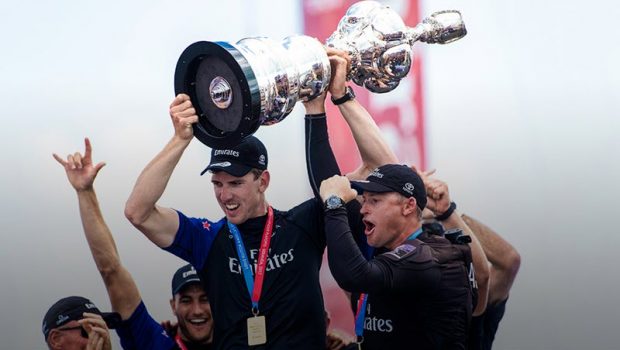

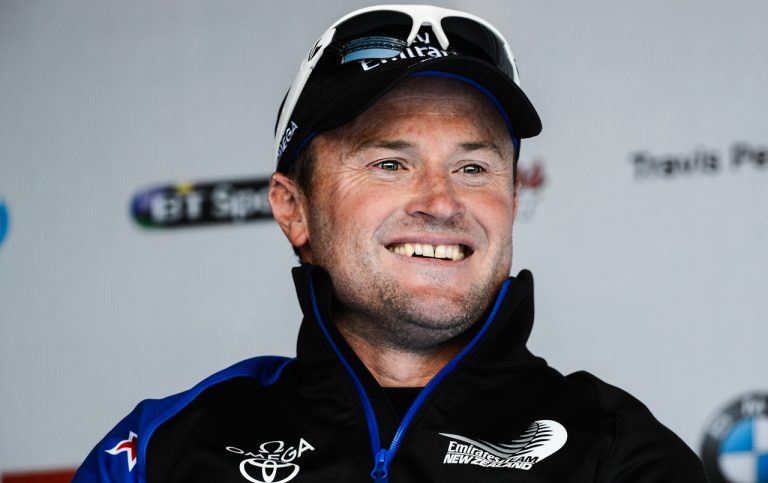
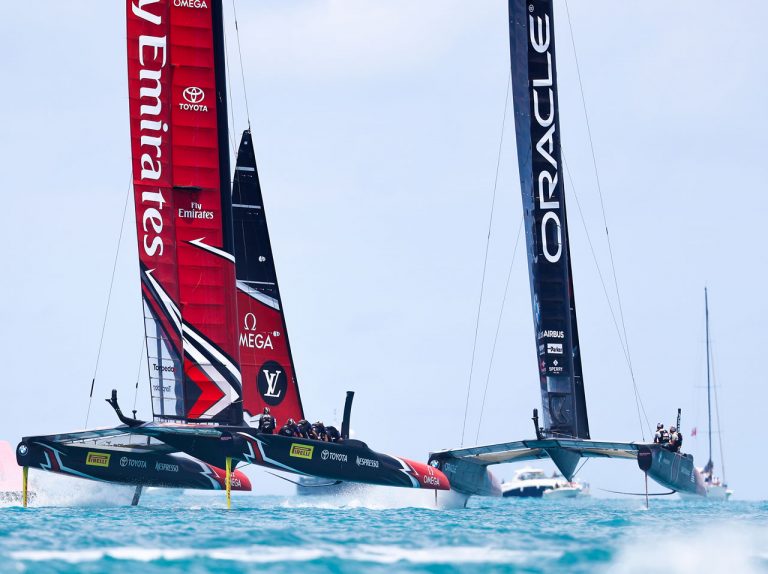
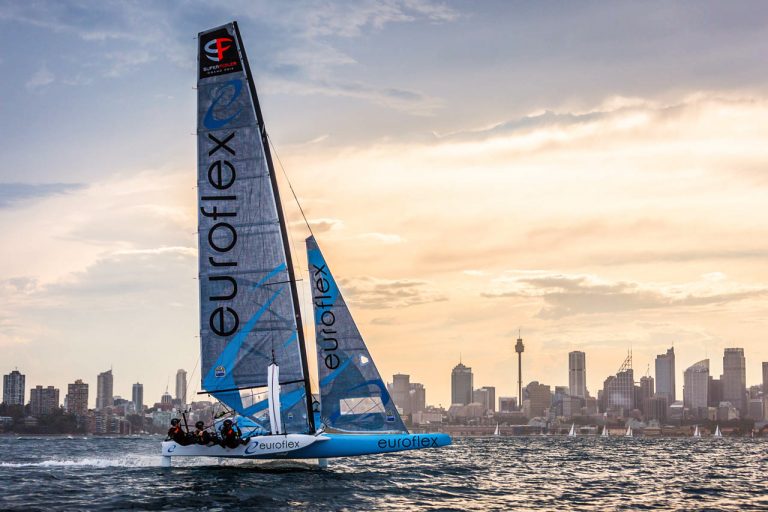

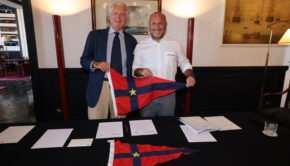
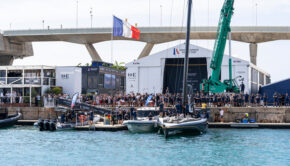


 We’ll keep your information safe.
We’ll keep your information safe.